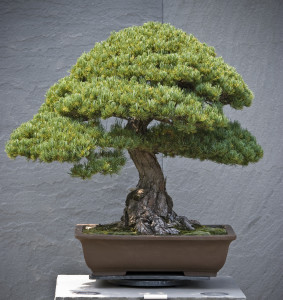 General space is a commodity not to be wasted in Japan. Heavily forested mountains cover most of the archipelago of islands. Flatland suitable for habitation and cultivation is precious. Wherever we have traveled in Japan, small rice fields, gardens, and orchards are sandwiched between a jumble of residential, commercial, and industrial buildings.
General space is a commodity not to be wasted in Japan. Heavily forested mountains cover most of the archipelago of islands. Flatland suitable for habitation and cultivation is precious. Wherever we have traveled in Japan, small rice fields, gardens, and orchards are sandwiched between a jumble of residential, commercial, and industrial buildings.
Personal space must also be used economically. Each time my husband and I checked into a new hotel, we had a moment of consternation – the room was so small! Often there was no chest of drawers — suitcases had to be opened on the bed and then stowed away. Sometimes there was no closet – only a rail and some hangers on the wall.
Yet, clever design and consideration of human needs made these rooms habitable. There was always a small refrigerator, a pot for heating water, a hair dryer, clean bathrobes and slippers, a TV and free wifi. The bathroom, though tiny, always had a shower/tub combo; toothbrushes and small tubes of toothpaste; shampoo, conditioner, and body wash; and an automated toilet (Japanese toilets deserve a blog of their own!). There were towel racks and hooks for hanging things, a retractable clothesline over the tub, and an infinitesimal waste basket capable of holding perhaps three used Kleenex.
The first time my husband and I went to Japan twenty-five years ago, our son was 18 months old. We made quite a spectacle of ourselves, for we traveled with a portable crib, a large suitcase of clothes and diapers for our son, small suitcases for ourselves, and the baby in a backpack. In contrast, all the Japanese traveled with a compact suitcase smaller than a carryon bag.
Now you know why!
